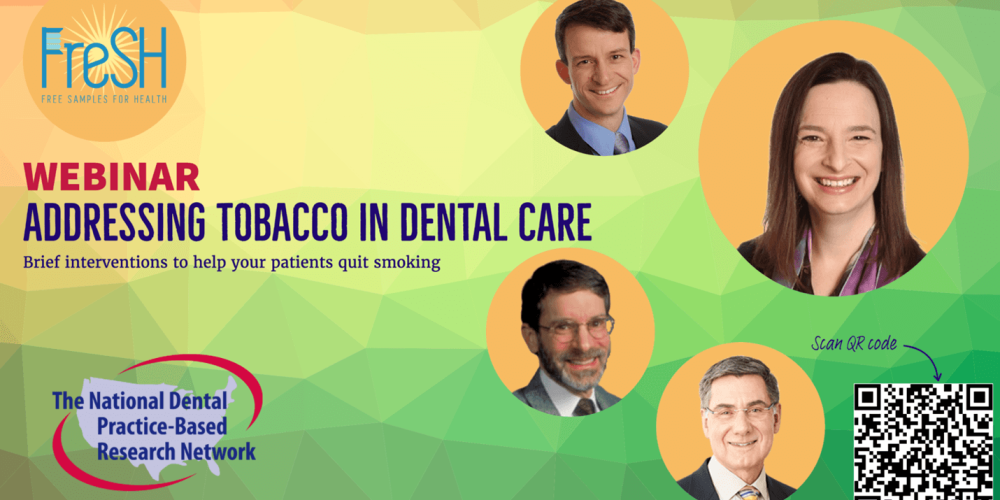Business Outcomes Quick Poll Results
The purpose of this Quick Poll was to evaluate Network participants’ perceptions regarding the impact of National Dental PBRN participation on various aspects of their clinical and business outcomes including clinical decision-making, internal and external relations, organizational culture, and risk management.











